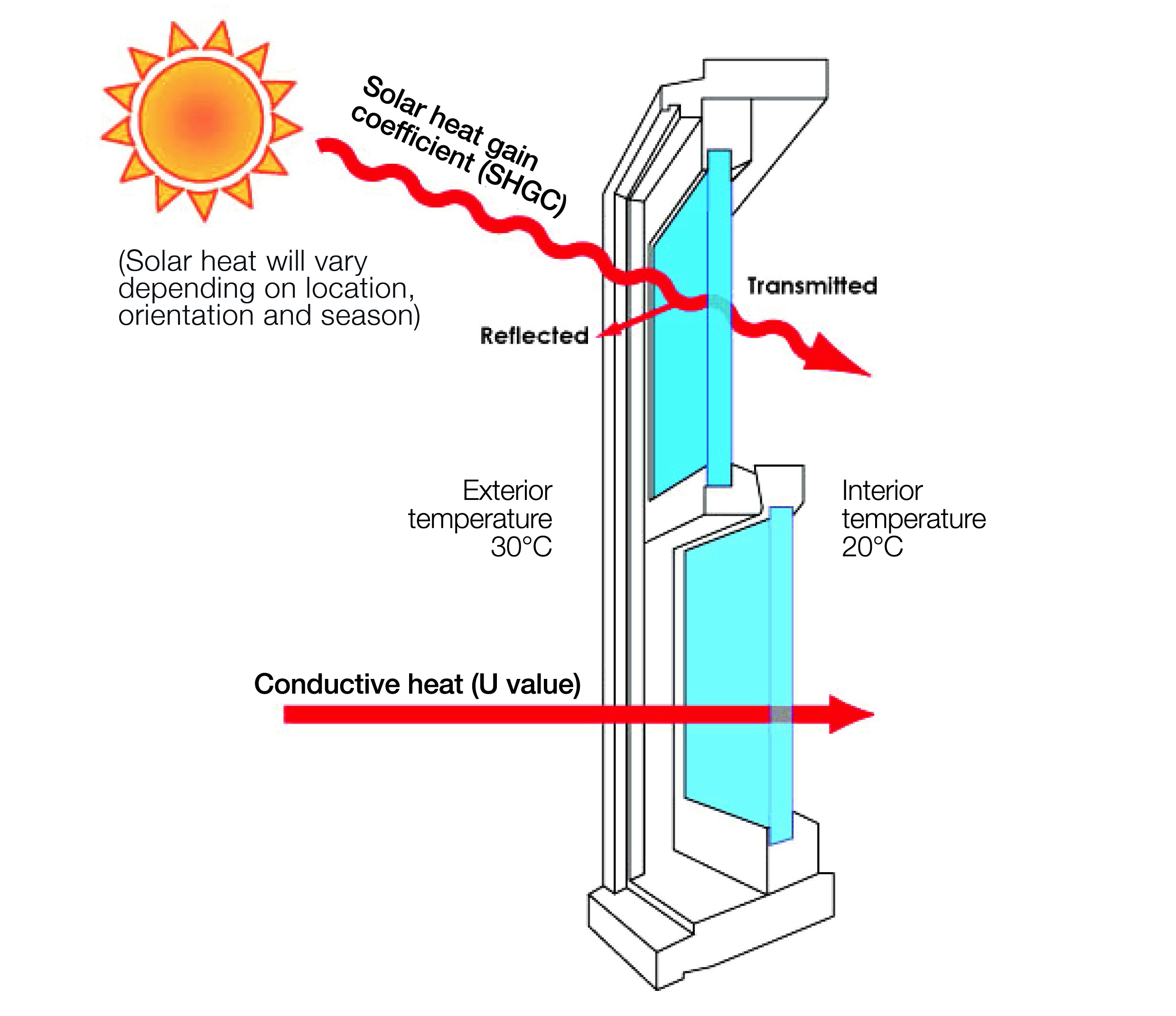All Categories
Featured
Table of Contents
Single Glazed Vs Double Glazed Windows - Ultimate Guide in Viveash Western Australia
Laminated glass is frequently utilized in locations in the house most prone to injury from human effect such as restrooms, doors, around staircases and in areas near the floor (it satisfies the requirements of 'shatterproof glass' that is mandated for usage in these locations by Australian Standard AS 1288 Glass in buildings).
Toughened glass has actually been 'tempered' by being reheated and rapidly cooled again. This process makes it much stronger than standard glass it can withstand greater effect loads before breaking. It likewise makes it much safer because, when it does shatter, it gets into many little cubic pieces instead of harmful fragments.
Which Double Glazing Company Is The Best? in Westminster WA
Toughened glass has no thermal or acoustic benefits over other glass of the same toning or density. Secondary glazing is where single-glazed windows are retrofitted with a transparent acrylic or glass sheet connected to the within the frame or openable sash with a secondary frame or with magnetic strips.


Secondary glazing will not perform too thermally as a produced IGU, since it is difficult to totally seal the boundary, however it can provide good sound control. Window movies are a thin polymer film including a taking in color or reflective metal layer, with an adhesive support. They adhere to your glazing to change its colour or make it reflective.
Double Glazing in South Perth WA
Applied to existing glass, some window movies can cut in half the overall SHGC of the window by taking in and/or reflecting solar radiation. This can be especially advantageous in hotter climates where cooling is the primary issue, or on east and west elevations directly exposed to extended periods of sunlight. However, window films might likewise decrease visible light transmittance.

For this reason, it is generally best to use an accredited installer of window film. Frames have a considerable influence on the thermal performance of doors and windows, since energy can be acquired and lost through the frame, as well as through the glass. Various kinds of frame will enable various levels of heat gain and loss, so mindful choice of frame is essential for efficient passive style.
Diy Double Glaze in Beldon Perth
However, aluminium is also a very good conductor of heat and will reduce the insulating value of a glazing system, unless specifically engineered to lower this. A 'thermally broken' frame is comprised of 2 aluminium areas connected by a structural insulator (normally a low-conductivity structural polymer). This 'breaks' the thermal connection through the aluminium and reduces the heat streaming through the frame.
Timber frames are an excellent natural insulator that can fit some home designs. Wood frames ought to be made from types that have naturally high durability or be treated to avoid decay and deformation.
Stay Cool This Summer With Double Glazed Windows - Aaa Glass in Oakford Perth
This can result in gaps that allow air seepage unless excellent draught sealing (weather removing) is installed. u, PVC is a type of plastic (unplasticised polyvinyl chloride, also called stiff PVC). u, PVC frames supply exceptional thermal performance, often better than lumber or thermally broken aluminium. u, PVC is long lasting and requires really little upkeep, and can be moulded into complicated profiles that offer excellent air seals.
u, PVC windows and doors have outstanding thermal efficiency Image: Ben Wrigley (Light House Architecture and Science) Composite frames utilize aluminium profiles on the outer sections with either a wood or u, PVC inner section. These integrate the low maintenance and sturdiness of aluminium with much improved thermal performance.
Table of Contents
Latest Posts
Does Double Glazing Keep Heat Out in South Fremantle Perth
Which Double Glazed Windows Are Best For Summer? in Kalamunda WA
Why Install Stunning Double Glazing Windows During Summer? in Hamilton Hill Perth
More
Latest Posts
Does Double Glazing Keep Heat Out in South Fremantle Perth
Which Double Glazed Windows Are Best For Summer? in Kalamunda WA
Why Install Stunning Double Glazing Windows During Summer? in Hamilton Hill Perth